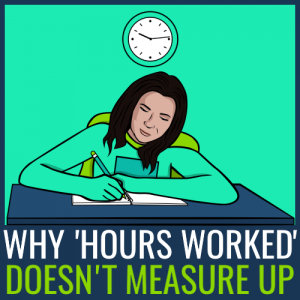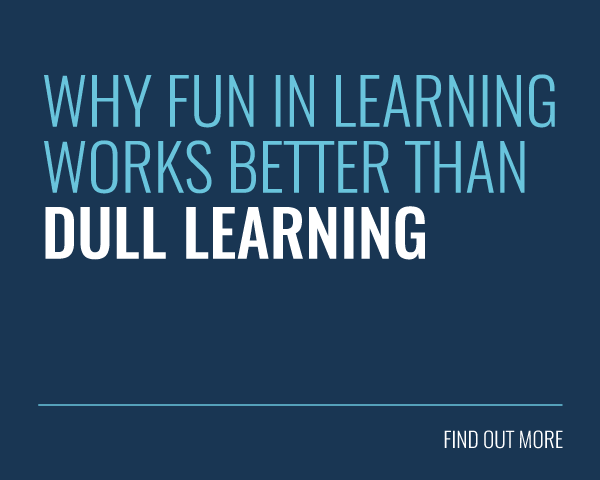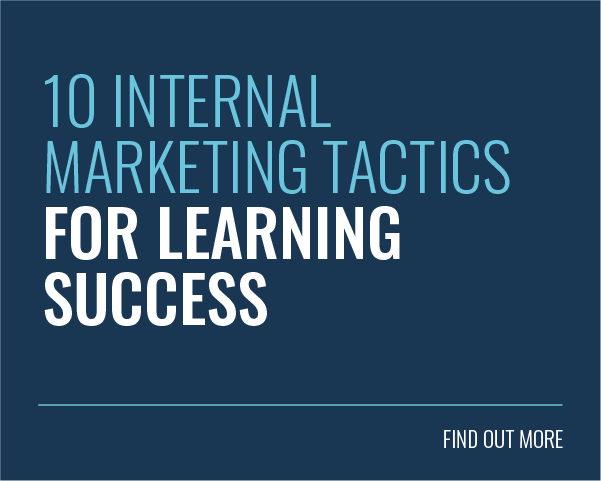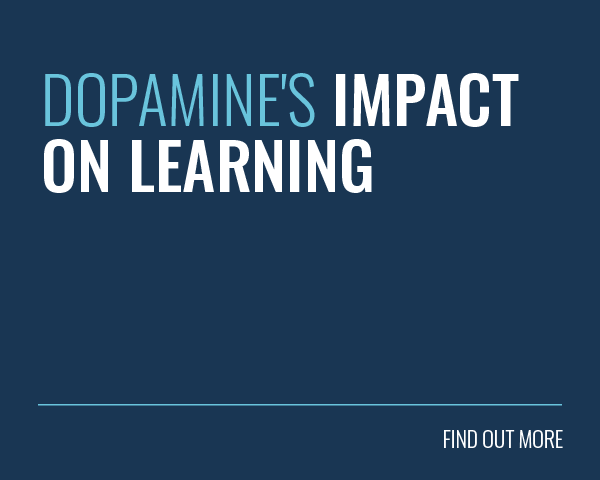 You might look at the number of hours worked by your staff and judge their engagement levels on that basis. The power of staff engagement is the stuff of legend – the golden fleece that many believe will transform their workforce and boost productivity. We just need to find the right approach to measuring staff engagement. But where is it and what does it exactly look like?
You might look at the number of hours worked by your staff and judge their engagement levels on that basis. The power of staff engagement is the stuff of legend – the golden fleece that many believe will transform their workforce and boost productivity. We just need to find the right approach to measuring staff engagement. But where is it and what does it exactly look like?
One thing’s clear – staff engagement comes in many forms and means different things to different people. Some see it as the emotional commitment staff have to their company and their discretionary effort, whilst others say it’s about low absenteeism or merely the number of hours worked by the employees. All this may be true but does engagement actually lead to more productivity? Or is the power of engagement just a myth?
Myth or Legend? Let’s Find Out
Researchers, writing for the Harvard Business Review (HBR), decided to set out on a mission to find out about staff engagement once and for all. Fortunately, they didn’t need permission from Mount Olympus. Instead, they studied the relationship between engagement and ‘hours worked’.
Although ‘hours worked’ is not necessarily a good measure of quality or productivity, it proved an interesting exploration of the theory that engaged staff are more likely to do voluntary overtime (other studies suggest they’re 2.5 times more likely to stay late).
Hours Worked Does Not Work
So what did the HBR research article reveal? It could be easy to jump to the assumption that engagement = ‘hours worked’ = productivity. However, The HBR article shows, there’s often little correlation between engagement and the amount of time staff put in. Some engaged staff work above average hours, whilst other, equally engaged staff, work below average hours. More importantly, overtime can have an adverse effect on engagement. In fact, other research suggests, the more hours people work, beyond 40 per week, the less engaged they become.
Although little correlation was revealed, the HBR article does identify four different types of worker:
 Employee A – Works Long Hours and is Highly Engaged
Employee A – Works Long Hours and is Highly Engaged
A high number of hours works possibly adds up to the perfect employee (at least in many employers’ eyes). However, before you start sticking a gold star on everyone who’s in the office after sunset, beware! it’s important to avoid creating a culture of overtime, where staff are reluctant to be the first to go home. This could lead to a stressed, disengaged workforce, full of Employee Bs.
Employee B – Working Long Hours with a Low Engagement Score
These employees are motivated by something, but it’s not engagement. They often feel under pressure, stressed and exhausted, with too many hours worked. Employee Bs may still be hitting their targets, painting on a smile for the customers and speed typing at world record breaking rates. But how long can they keep this up? The risk – one day they will just pack up and leave. This is a talent pool that is too valuable to lose. Don’t let it happen.
Employee C – Low Number of Hours Worked with a High Engagement Score
These people may be sat opposite Employee B, but they are a million miles away in other regards. They are often happy as pie and good for them! They may be great to have around for a laugh in the staff room or the voice of reason when others are in a crisis. But employers need to ask ‘is this person doing enough to be productive’. If ‘Yes’, brilliant. if not then how can you maintain Employee C’s bliss, whilst also boosting their output?
Employee D – Low Number of Hours Worked with a Low Engagement Score
These people might be lovely, but they are not necessarily the employees the company wants to keep around. Their low engagement score implies they may not care much about the company and may be thinking of leaving. A break up may be best for everyone.
Whichever type of employee someone currently is, one thing is certain – engagement is worth it.
What Now?
So, once you have identified which types of employees make up your workforce, what next? It’s time to design a working culture that responds to your current staff needs. Rather than focusing on the hours worked, help them to move in the direction of higher engagement and higher productivity.
The Harvard Business Review research article revealed it’s worth investing in creating a culture of both engagement and productivity. But ‘hours worked’ does not need to factor in your design plans. What is important is to be aware of what your company’s engagement scores are actually measuring. Be careful not to trade productivity in your hunt for that elusive engagement element. Identify which type of culture you want and use both survey and behaviour data to get the full picture of your workforce.
Celebrate the different expressions engagement takes. Trust in the fact that once you’ve harnessed the power of engagement you can throw away the clock for good.
[us_separator type=”default” icon=”fas|star”]
Learn more about how you can use engaging online training to inspire behavioural change and unleash inner superheroes! Download your own Engagement Engine workbook and find out where you can make the biggest impact!





